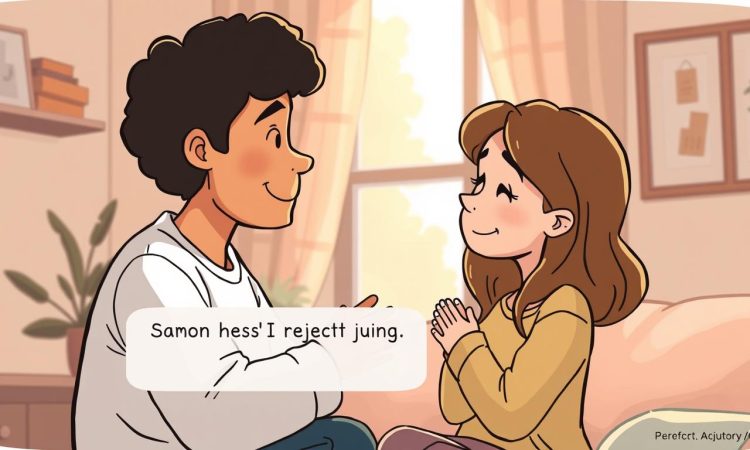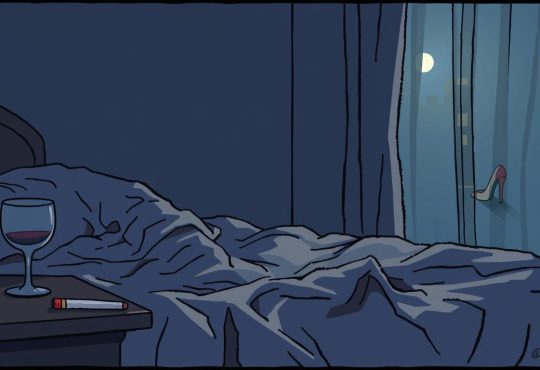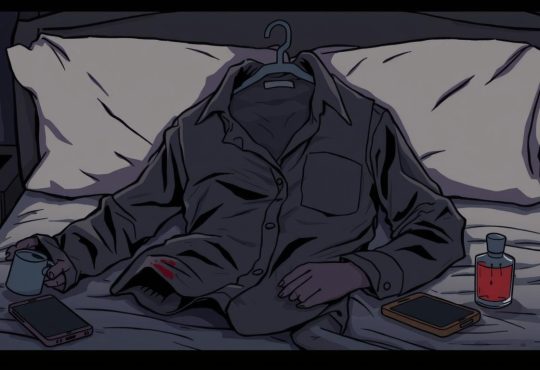
Letting someone know you’re not interested can feel like one of the hardest things to do. Whether it’s after a date or in a relationship, the decision to communicate your feelings requires honesty and care. But is there a way to do it without causing unnecessary pain?
Experts like Claudia de Llano and Sabrina Romanoff emphasize the importance of clarity and empathy. Avoiding clichés like “It’s not you, it’s me” can make the conversation more genuine. A thoughtful explanation can help the other person understand your decision without feeling disrespected.
Rejection is never easy, but approaching it with kindness can protect both parties’ feelings. In this guide, we’ll explore practical steps to navigate these conversations with respect and compassion. Let’s find the best way to handle this delicate situation together.
On this Page:
Understanding the Importance of Kind Rejection
Navigating the delicate process of declining someone’s interest requires thoughtfulness and care. It’s not just about delivering the news; it’s about doing so in a way that respects the other person’s feelings and preserves their dignity. A kind approach can make a significant difference in how the message is received.
Protecting Feelings and Boundaries
When we communicate disinterest, it’s essential to choose our words carefully. Sensitive wording can protect the other person’s emotions while maintaining our own boundaries. For example, using phrases like “I appreciate your interest, but I don’t feel the same way” can soften the impact.
Clear communication helps avoid misunderstandings. Mixed messages, such as clichés or vague statements, can lead to false hopes. Being direct yet compassionate ensures both parties understand the decision.
The Emotional Impact of Rejection on Both Sides
Rejection can be painful, but a kind approach can lessen the emotional toll. Research shows that 80% of individuals feel respected when rejection is delivered directly and kindly. This respect fosters a healthier emotional response.
Experts like Claudia de Llano emphasize the importance of honesty. A firm yet empathetic decision protects both emotional well-being and self-respect. By being clear, we help the other person move forward without lingering uncertainty.
How to Reject Someone Nicely
Communicating disinterest can be challenging, but it’s a necessary step for both parties. It’s about balancing honesty with empathy to ensure the message is clear yet kind. By focusing on your own feelings and using thoughtful language, you can make the process smoother for everyone involved.
Embracing Honesty and Empathy
Honesty is the foundation of any respectful conversation. When you’re clear about your feelings, it helps the other person understand your decision. Phrases like “I appreciate your interest, but I don’t feel the same way” work well because they’re direct yet considerate.
Using “I” statements keeps the focus on your perspective. For example, “I think we’re looking for different things” avoids blame and emphasizes your own feelings. This approach fosters mutual respect and minimizes hurt.
When Politeness Meets Clarity
Politeness is important, but clarity is essential. Vague statements like “Let’s see how things go” can create false hope. Instead, being straightforward with phrases like “Thank you for asking, but I’m not interested” ensures there’s no confusion.
Experts recommend simplicity. Sometimes, “no” is a complete sentence. Over-explaining can muddy the message. By being firm yet kind, you protect both your boundaries and the other person’s feelings.
Balancing politeness and clarity is key. It’s about delivering the message in a way that respects the other person while staying true to your own decision. This approach helps both parties move forward with dignity.
Practical Communication Tips for Empathetic Rejection
Finding the right words to express disinterest can be a delicate task. It’s about balancing honesty with empathy to ensure the message is clear yet kind. By focusing on thoughtful communication, we can make the process smoother for everyone involved.
Using “I” Statements and Clarity
“I” statements are a powerful tool in these conversations. They keep the focus on your feelings and avoid blame. For example, saying “I feel we’re not a good match” is direct yet respectful.
Clarity is equally important. Vague explanations can lead to confusion. A simple, honest answer like “I don’t see this working out” leaves no room for misunderstanding.
Avoiding Mixed Messages and False Hopes
Mixed signals can hurt more than a clear rejection. Phrases like “Maybe someday” create false hope. Instead, be straightforward. “I’m not interested in pursuing this relationship” is firm but kind.
Ghosting or avoiding the conversation altogether can also cause pain. A thoughtful explanation, even if brief, shows respect for the other person’s feelings.
Timing and Setting the Right Environment
Choosing the right time and place is crucial. A private, calm setting allows for a sensitive discussion. Avoid public spaces or moments when the other person might feel rushed.
Timing matters too. Delaying the conversation can make things harder. Addressing the issue promptly shows consideration for the other person’s emotions.
By being mindful of these tips, we can navigate rejection with empathy and respect. It’s about protecting both parties’ feelings while staying true to our own decisions.
Special Considerations When Rejecting Friends and Dates
Declining interest from friends or dates requires a tailored approach. Each relationship dynamic calls for a unique strategy to ensure clarity and respect. Whether it’s a close friend or a new date, the way we communicate matters.
Adapting Your Approach for Different Relationships
Rejecting a friend often feels more complex. The existing bond means we must prioritize their feelings while staying honest. For example, saying, “I value our friendship, but I don’t see this working romantically,” can soften the impact.
With dates, clarity is key. Phrases like “I’ve enjoyed our time together, but I don’t feel a romantic connection” work well. This direct yet kind approach helps the other person understand your decision without confusion.
Handling Follow-Up Interactions and Boundary Setting
After a rejection, follow-up interactions can feel awkward. Setting boundaries early prevents mixed messages. For instance, if a friend asks for another chance, a firm but kind response like “I think it’s best we stay friends” maintains clarity.
For dates, quick and direct responses prevent lingering false hope. A simple “Thanks for understanding, but I’m not interested in pursuing this further” ensures there’s no room for misinterpretation.
Empathy is crucial in every interaction. Acknowledging the other person’s effort while staying true to your decision fosters mutual respect. Clear communication helps both parties move forward with dignity.
Conclusion
Handling delicate conversations with care ensures both parties feel respected. Clear communication is the best way to navigate these moments, whether with a friend or in dating. By being honest and using “I” statements, we protect feelings while staying true to ourselves.
Setting boundaries is equally important. It prevents future confusion and shows respect for the other person’s time and emotions. A kind approach doesn’t mean avoiding the news; it means delivering it with empathy.
Thanks to expert insights, we’ve learned that integrity matters. Honesty doesn’t have to be harsh, and kind words can ease the difficulty of rejection. By applying these strategies, we can handle tough conversations with confidence and compassion.










